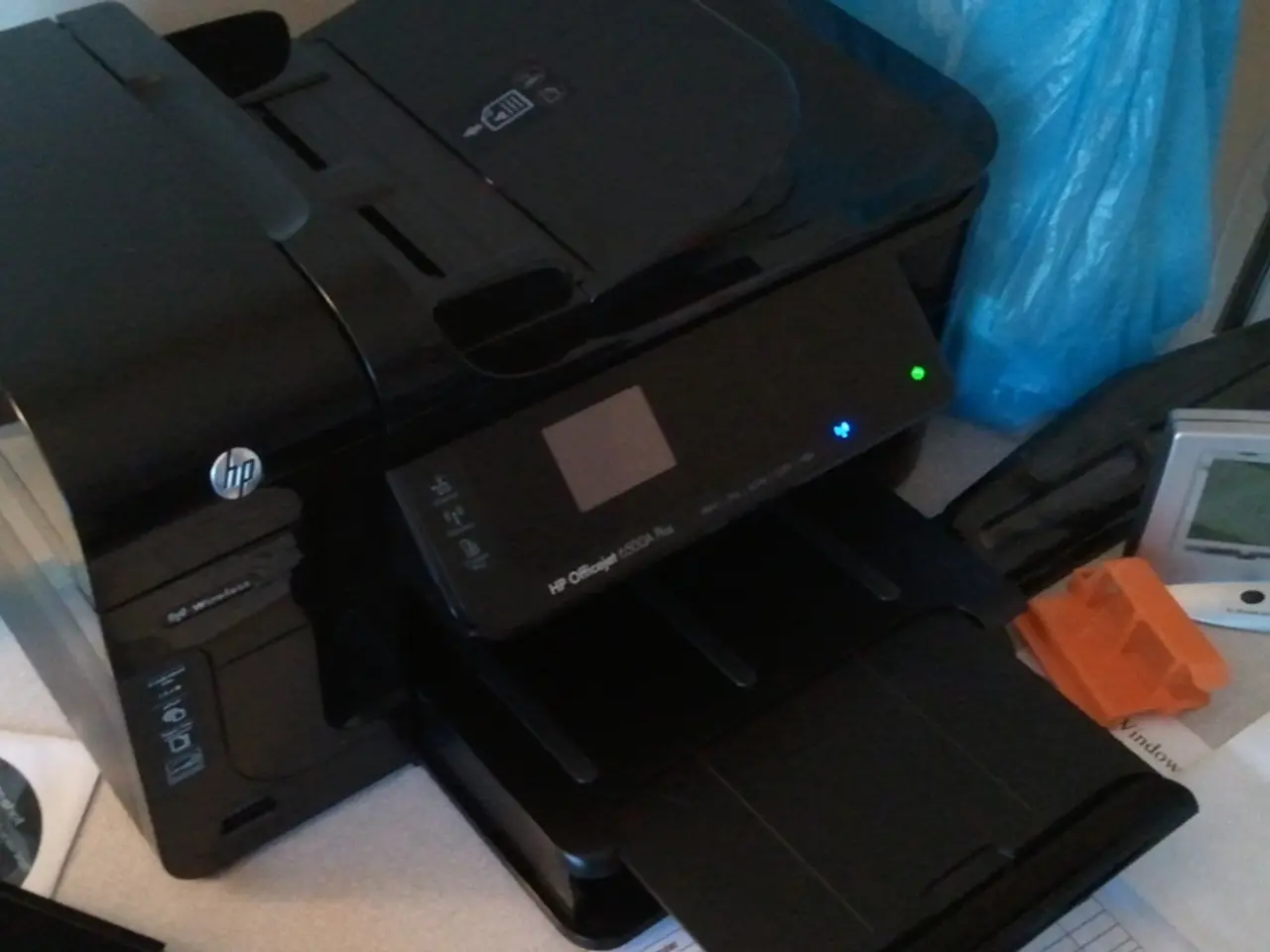Softening TPU Filament Post-Printing: An Innovative Solution Offered by MorPhlex
The BIQU MorPhlex TPU filament has been making waves in the 3D printing community, promising to solve many of the problems associated with printing stretchy TPU. This innovative product is known for its exceptional stretchiness, a trait that can often make printing certain hardness grades challenging.
Advertised as a 90A TPU grade on the spool, the MorPhlex TPU filament from BIQU claims to offer a unique solution to the difficulties faced in printing stretchy TPU. However, interestingly, test prints reveal that the final hardness of the printed parts is slightly lower than the advertised value, with a hardness reading of around 75A.
This change in hardness can be attributed to the material's behavior during the printing process. As the filament melts and cools, it exhibits different hardness levels than its base state.
The hardness of the MorPhlex TPU test slippers, for instance, was found to be squishy, reflecting the softer Shore A hardness of the printed parts.
When it comes to the factors influencing this hardness change, temperature and extrusion speed play crucial roles. Higher nozzle temperatures ensure proper melting, improving layer adhesion and print quality. On the other hand, too low or too high temperatures can negatively impact the filament's flexibility and hardness.
Similarly, printing TPU at slower speeds helps maintain its flexibility and softer hardness by allowing proper deposition and layer bonding. Faster speeds can lead to poor filament flow, resulting in higher stiffness and inconsistent surface textures.
The BIQU MorPhlex TPU filament's effective Shore hardness reduces from 90A to about 75A during printing due to the thermal and mechanical processes during melting and extrusion that modify the material’s microstructure and the filament’s flexibility. Maintaining optimal temperature and slower extrusion speeds supports this softer hardness by preserving the filament’s elastic properties and preventing structural defects, resulting in a softer, more flexible printed part.
Despite the intriguing properties of the MorPhlex TPU, the exact nature of how it solves the problems associated with printing stretchy TPU remains unspecified in the available information. Additionally, details about the cost and availability of this innovative filament are yet to be disclosed.
The test prints were conducted on a Bambu Lab H2D printer, with the BIQU team recommending the use of the dedicated TPU feeding channel instead of the AMS for optimal results. Interestingly, glue stick was not used during the test prints, making part removal more challenging.
One of the selling points of the MorPhlex TPU is its ability to print squishy shoes, a feature that has piqued the interest of many in the 3D printing community. The [ModBot] channel on YouTube has even received a spool of the MorPhlex TPU for testing.
As more tests and reviews emerge, the BIQU MorPhlex TPU filament continues to generate excitement among 3D printing enthusiasts. Its ability to print squishy, flexible parts with a reduced hardness compared to its raw form presents a promising development for those seeking to overcome the challenges associated with printing stretchy TPU.
[1] This information is based on the provided bullet points and assumes a general understanding of FDM 3D printing and TPU materials. For more detailed information, it is recommended to consult the official BIQU MorPhlex TPU datasheet or contact BIQU directly.
The BIQU MorPhlex TPU filament, despite advertisement as a 90A TPU grade, exhibits a harder-than-advertised hardness during the printing process, with a final hardness of around 75A. This change in hardness is influenced by temperature and extrusion speed during printing.
Maintaining optimal temperature and slower extrusion speeds while printing the MorPhlex TPU helps preserve its elastic properties and results in a softer, more flexible printed part, contrary to the filament's original hardness.




